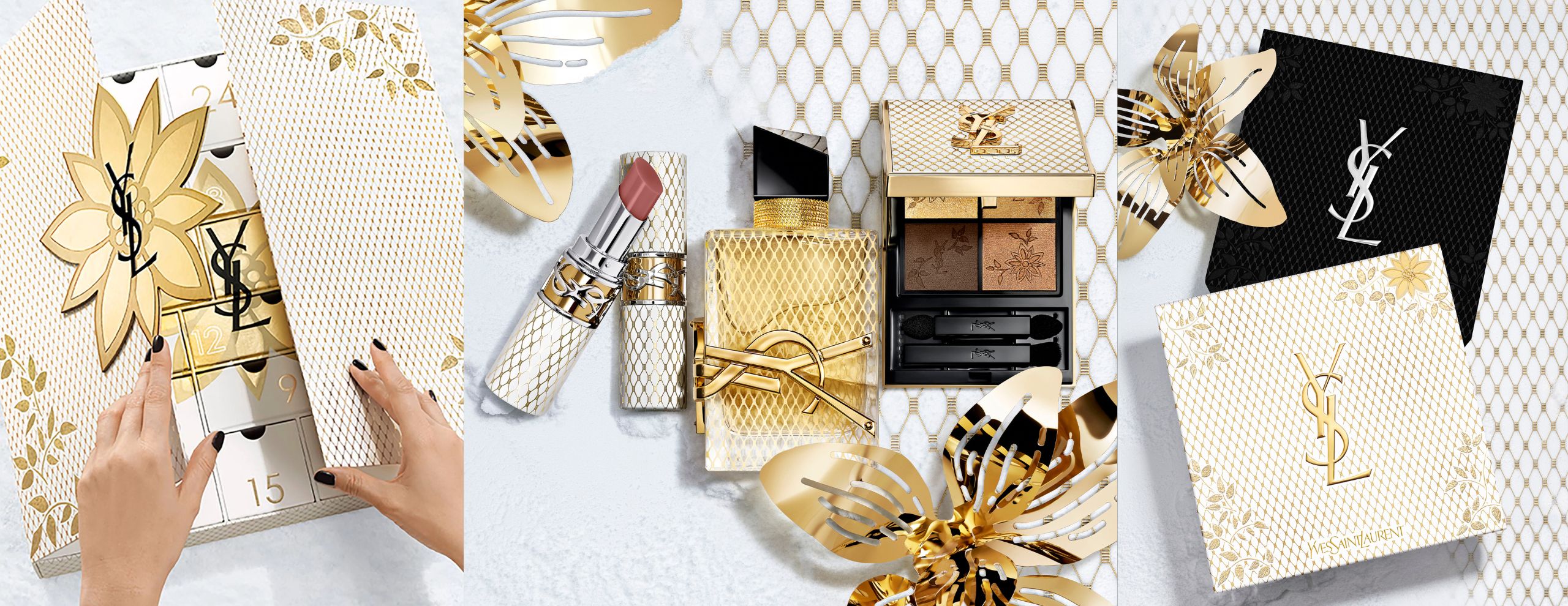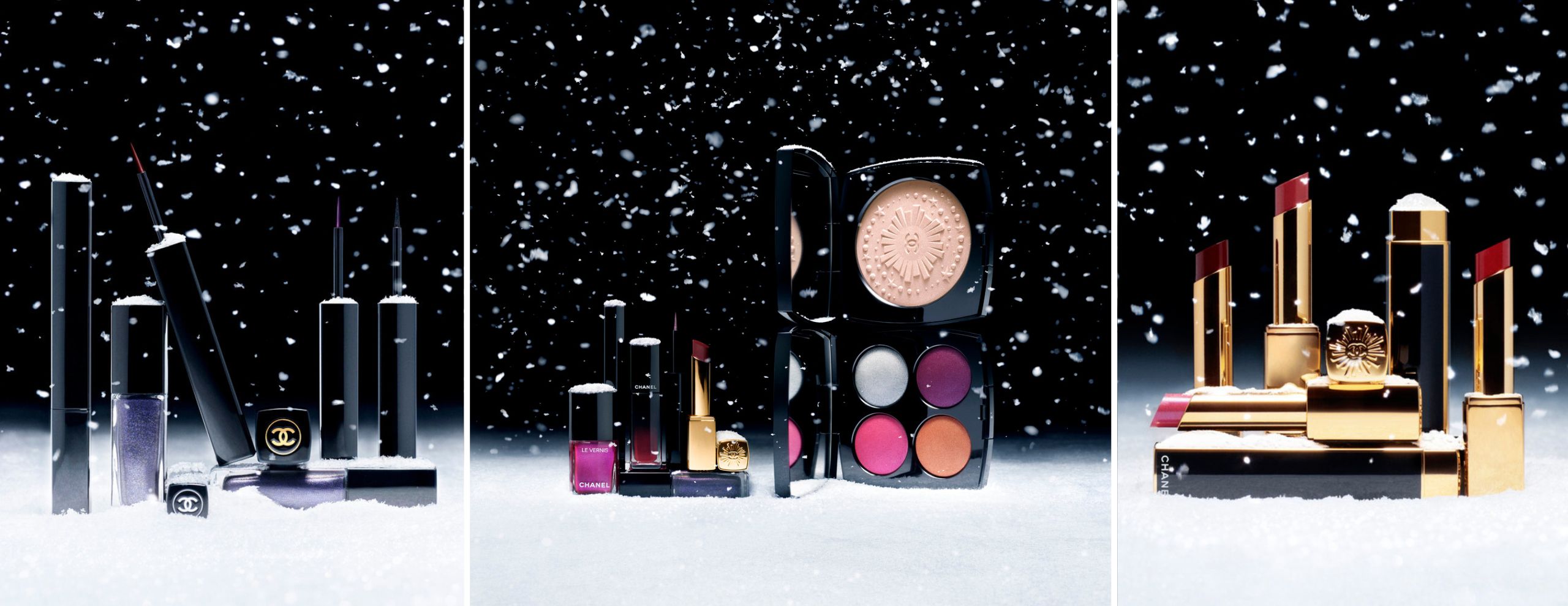Micellar water, otherwise known as miracle water to some, has long been a holy grail product that many makeup artists and beauty addicts alike swear by. A fuss-free cleanser that’s quick, easy and removes all the gunk off our face as compared to your usual makeup wipes — pour some on a cotton pad, wipe it all over your face and you’ll be as good as new. It’s true — many of us love using them because we’re often too lazy to go through the whole routine and for the most of it, we’d use it as a one-step cleansing solution. But the real question is: could our habits do more harm than good? Should we start rethinking the way we’re using micellar water?
First and foremost, let’s address what micellar water really is.

Micellar water is a type of cleanser that’s made of micelles (tiny cleansing oil molecules that are suspended in water) that draw out impurities and dirt without drying the skin. It’s super popular in the beauty industry (for obvious reasons, duh) and without it, we’d still be stuck in the era where makeup wipes still dominated our beauty regimes — which of course, is a total no no in our books.
Using micellar water as the first step of our cleansing routine has become second nature to all of us. It’s quick, easy and convenient — agree? It clears most of our makeup and grime left on our faces at the end of the day, with the addition of other skincare benefits. Take, for instance, Bioderma’s Sensibio Micellar Water.

A cult product that’s sworn by many, this micellar water by Bioderma is made of biomimetic ingredients that preserve skin ecosystem while reactivating and strengthening the skin’s mechanism — which neutralises the vicious cycle of skin sensitivity too. Formulated to mimic the phospholipids of our skin cell membranes, this micellar water has a pH of 4.5 and helps strengthens your skin while restoring its natural balance and pH level.
So what’s so bad about micellar water?
For a product that’s synonymously known as a miracle water, you’d assume that there shouldn’t be any negative connotation to it. But that’s where you’re wrong.
As a matter of fact, the key ingredient in micellar water are made of surfactants and water. Glamour Magazine spoke to Dr Bunting in a recent interview and she mentions that “although they do the job of removing your makeup, these surfactants tend to stay on the skin, leaving that almost-tacky feeling. Truthfully speaking, these surfactants are not entirely bad for your skin but it’s best to avoid if you have dry or sensitive skin.”

According to Dr. Rachel Nazarian, dermatologist at Schweiger Dermatology Group, “Although most people can tolerate residual surfactants on the skin (especially if they are the gentle kind), some surfactants are irritating, and some people may even have an allergy to them”
The common misconception
Although you may not realise it, these surfactants can also affect the next step of your routine when serums and moisturisers come to play — especially if you’re one who tends to skip on double-cleansing.
As someone who’s heavily reliant on micellar water, I was so confused when I came to know about what was missing from my beauty routine: the post micellar rinse. I was always under the impression that the micellar water was a quick alternative before hitting the sheets without having the trouble of going through the hassle of double cleansing.
Consultant Dermatologist Dr Anjali Mahto told Glamour Magazine, “As a general rule, micellar water can be part of a double cleansing routine. This is particularly helpful for the evening cleanse when you want to remove makeup, dirt, sweat, and pollution from the skin surface. A second cleanse with a foaming or cream wash ensures the skin surface is thoroughly clean before other active agents, e.g retinols, are applied before bed.”
What we should do — the post-micellar rinse

Bottom line is: to avoid future breakouts, or any other issues with your skin, we’d best recommend giving your skin that post micellar rinse — just to be safe! Arguably one of the most important parts of skincare, cleansing should be seen essentially as a routine and not as a one-off.
“I always recommend rinsing with water to remove any residue,” says Cosmetic Dermatologist, Dr. Sam Bunting.
Dr. Rachel Nazarian of Schweiger Dermatology Group also adds “No perfume; it has to be unscented, because that does nothing but irritate. There’s nothing good that comes from adding fragrance to your cleanser.”
Improving your cleansing routine
“How hard could cleansing be?” For most of it, it’s pretty simple, as long as you’re using the right products for your skin.

Now, I’ve tried a ton of micellar waters so far, and I’ve only liked a few. My favourite from the lot would definitely have to be Dr.Jart’s Dermaclear Water. I’ve noticed that after incorporating it into my routine, my skin looked visibly clearer, fresher and firmer — with the inclusion of the post-micellar rinse of course.

Additionally, if you’ve yet to, you can also follow up with a gentle foaming cleanser or cream (or gel wash) to avoid stripping your skin from its essential oils.
However, if your cleansers are not doing the trick, we suggest revising your makeup practices — change your foundation, concealer and powder, and not forgetting to clean your brushes! Trust me, your skin will thank you for it.











You must be logged in to post a comment.